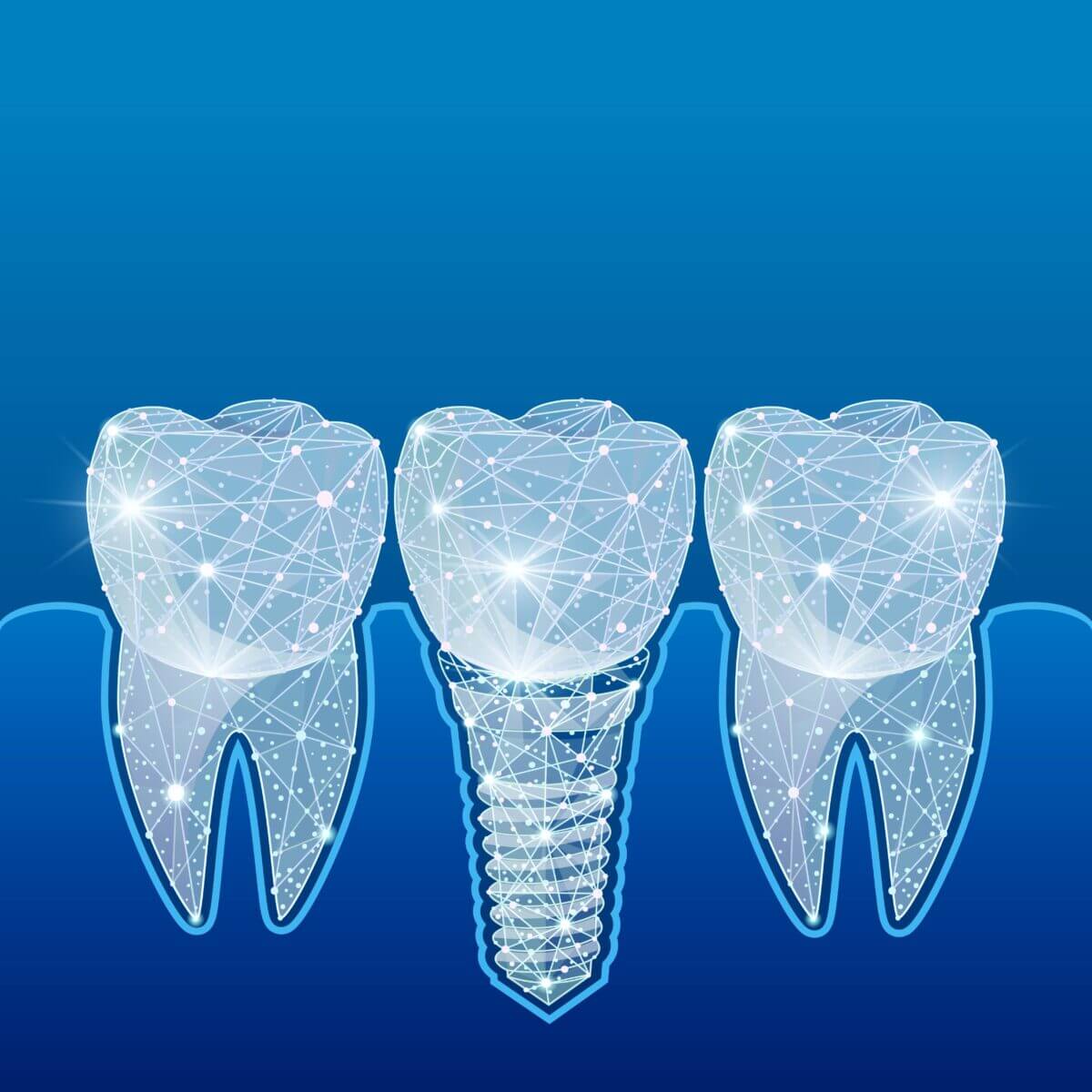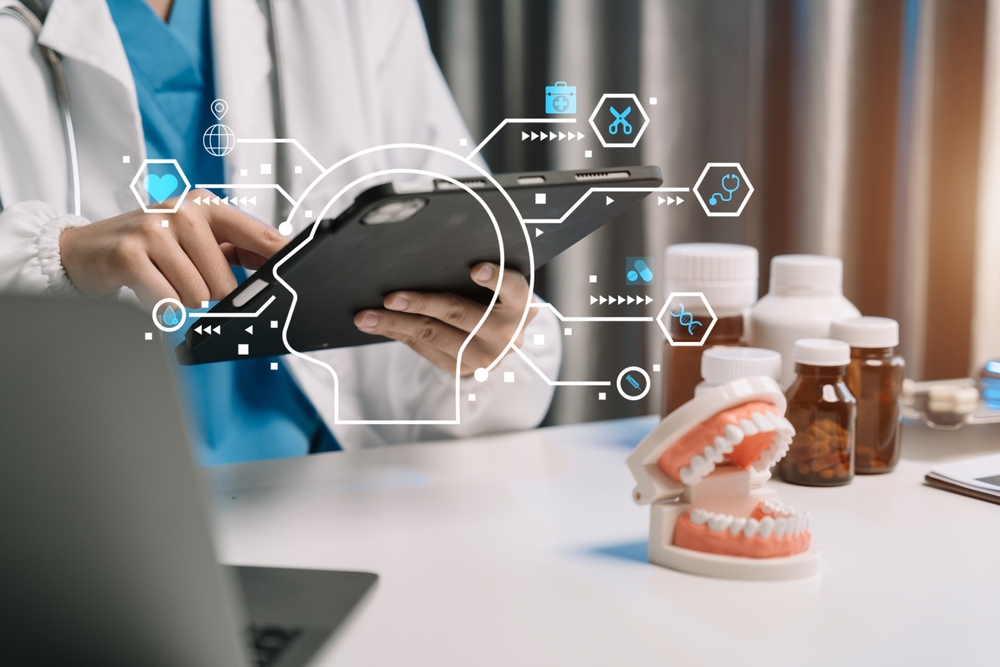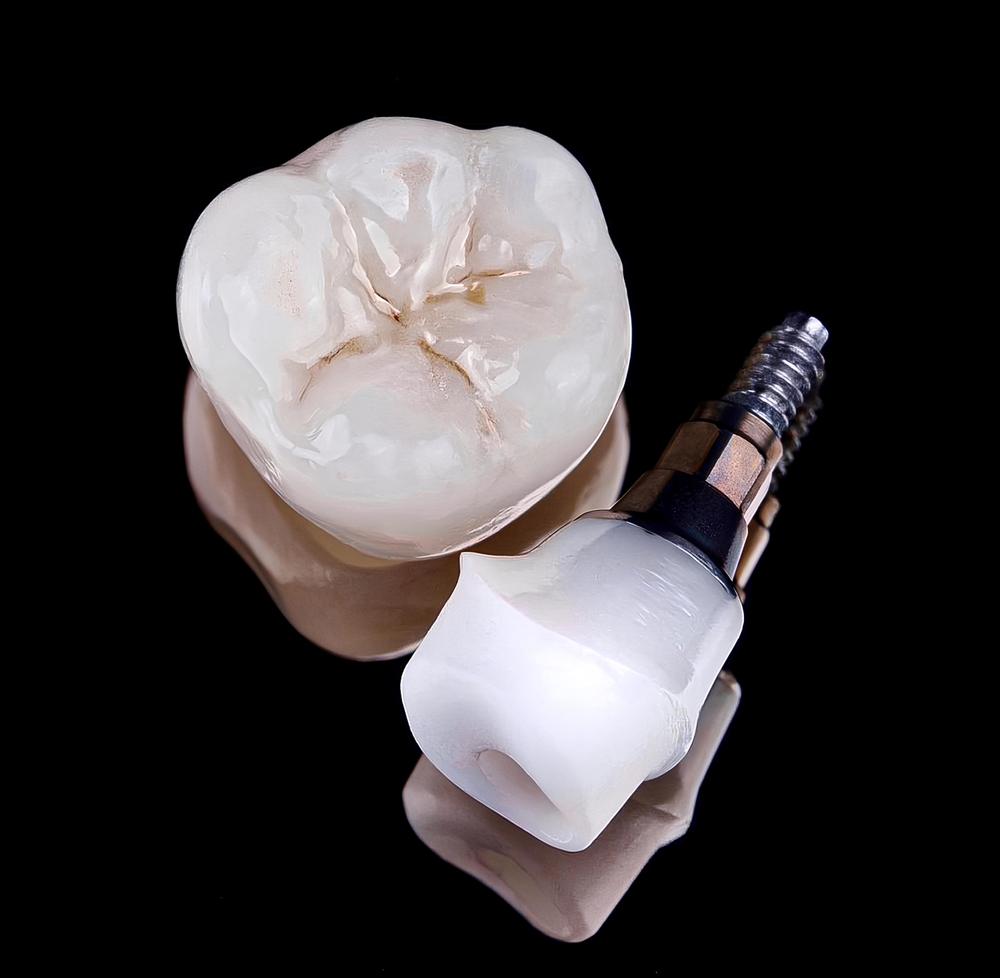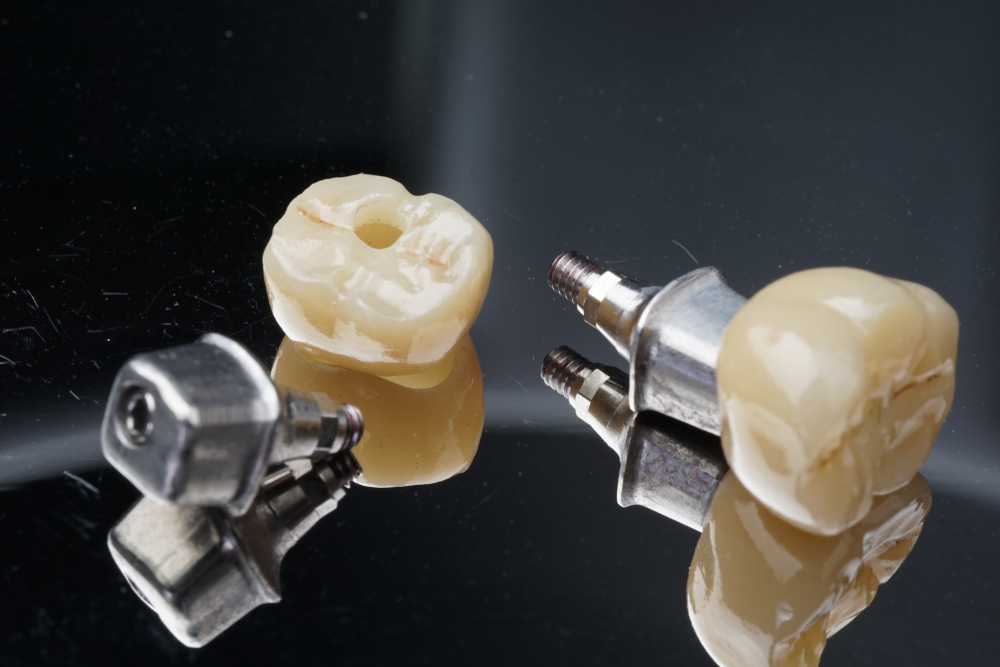The field of dental implant technology has undergone remarkable advancements in recent years, revolutionizing the way we approach tooth replacement and dental rehabilitation. Dental implants have become the gold standard for restoring missing teeth, offering patients a durable, natural-looking solution that enhances their oral health and overall quality of life. However, the quest for innovation and improvement never ceases, and dental implant technology continues to push the boundaries of what is possible. From novel materials and designs to digital dentistry and regenerative approaches, the innovations in dental implant technology are transforming the landscape of modern dentistry, offering unprecedented precision, functionality, and aesthetic outcomes. In this blog, we will explore the cutting-edge innovations in dental implant technology, their impact on patient care, and the exciting future that lies ahead.
Advancements in dental implant technology have been driven by a combination of scientific research, technological breakthroughs, and the pursuit of providing patients with the best possible outcomes. Traditional dental implants have laid a solid foundation, but the field has seen rapid progress in materials, design, and techniques that aim to overcome limitations and further optimize implant success. These innovations not only address the functional aspects of dental implants but also prioritize aesthetic considerations, patient comfort, and long-term oral health.
Advanced Implant Materials

One significant area of innovation lies in the development of advanced implant materials. Titanium-zirconium alloys have emerged as a promising alternative to traditional titanium implants, offering improved biocompatibility and strength. These alloys exhibit enhanced osseointegration, minimizing the risk of complications and ensuring long-term stability. Additionally, biocompatible ceramic implants have gained popularity, particularly for patients with metal sensitivities or those seeking highly aesthetic restorations. These ceramic implants provide excellent natural-looking results while maintaining the required strength and durability.
Advanced Implant Design
Moreover, advancements in implant design have revolutionized treatment planning and outcomes. Computer-aided design and manufacturing (CAD/CAM) technology have enabled precise customization of implant solutions, allowing clinicians to create patient-specific designs tailored to individual anatomical requirements. This level of precision results in better implant fit, enhanced functionality, and improved aesthetic results. Furthermore, the development of shorter implants and mini dental implants has opened doors for patients with limited bone availability, making implant treatment accessible to a broader range of individuals.
Enhanced Osseointegration
Enhancing the process of osseointegration has been another focal point of innovation. Researchers have explored various approaches to improve bone integration and accelerate healing. Surface modifications of implant materials, such as micro- and nano-scale textures, enhance the implant’s ability to bond with the surrounding bone, leading to faster and more reliable osseointegration. Additionally, the use of growth factors and biomimetic coatings on implant surfaces has shown promising results in stimulating bone formation and promoting healing.
Digital Dentistry

Digital dentistry has emerged as a game-changer in the field of dental implantology. Three-dimensional imaging techniques, such as cone beam computed tomography (CBCT), provide detailed information about bone structure and enable precise implant placement planning. Computer-guided implant surgery and navigational systems offer real-time guidance during implant placement, ensuring accurate positioning and minimizing the risk of complications. Virtual reality and augmented reality technologies have also made significant contributions by allowing clinicians to simulate implant procedures, enhancing treatment planning and patient communication.
The Future of Dental Implant Technology
The future of dental implant technology holds even more exciting possibilities. Tissue engineering and regenerative medicine approaches are on the horizon, aiming to regenerate damaged or lost oral tissues and revolutionize the field. Biologically active implants that release growth factors or drugs to promote healing and prevent infections are being explored. Additionally, artificial intelligence and machine learning are anticipated to play a significant role, helping clinicians analyze vast amounts of data, refine treatment protocols, and predict patient outcomes with greater accuracy.
The Importance of Dental Implant Technology
Choosing a dental lab that utilizes the latest dental implant technology is of paramount importance when it comes to ensuring the highest quality of dental implant restorations. The advancements in dental implant technology have significantly improved the precision, durability, and aesthetics of implant-supported prosthetics. By selecting a dental lab that stays at the forefront of these innovations, patients can benefit from restorations that are crafted with state-of-the-art materials, design techniques, and manufacturing processes. This translates into restorations that seamlessly integrate with the patient’s natural dentition, exhibit exceptional strength and longevity, and provide optimal functionality and aesthetics. Additionally, a dental lab that embraces the latest technology can deliver shorter turnaround times, enhanced communication between the dental team and the lab, and ultimately, a superior patient experience. Therefore, making an informed choice by selecting a dental lab that incorporates the latest dental implant technology ensures that patients receive the best possible outcome and enjoy the long-term benefits of their dental implant restorations.
In Conclusion
In conclusion, the innovations in dental implant technology have brought about tremendous advancements in the field of dentistry. Through advancements in materials, design, osseointegration techniques, and digital dentistry, dental professionals can offer patients personalized, efficient, and aesthetically pleasing implant solutions. As we look ahead, the future of dental implant technology holds immense promise for further improvements, including regenerative medicine approaches and AI-driven applications. By embracing these innovations, dental implant technology will continue to evolve, transforming smiles and enhancing the lives of patients worldwide.




